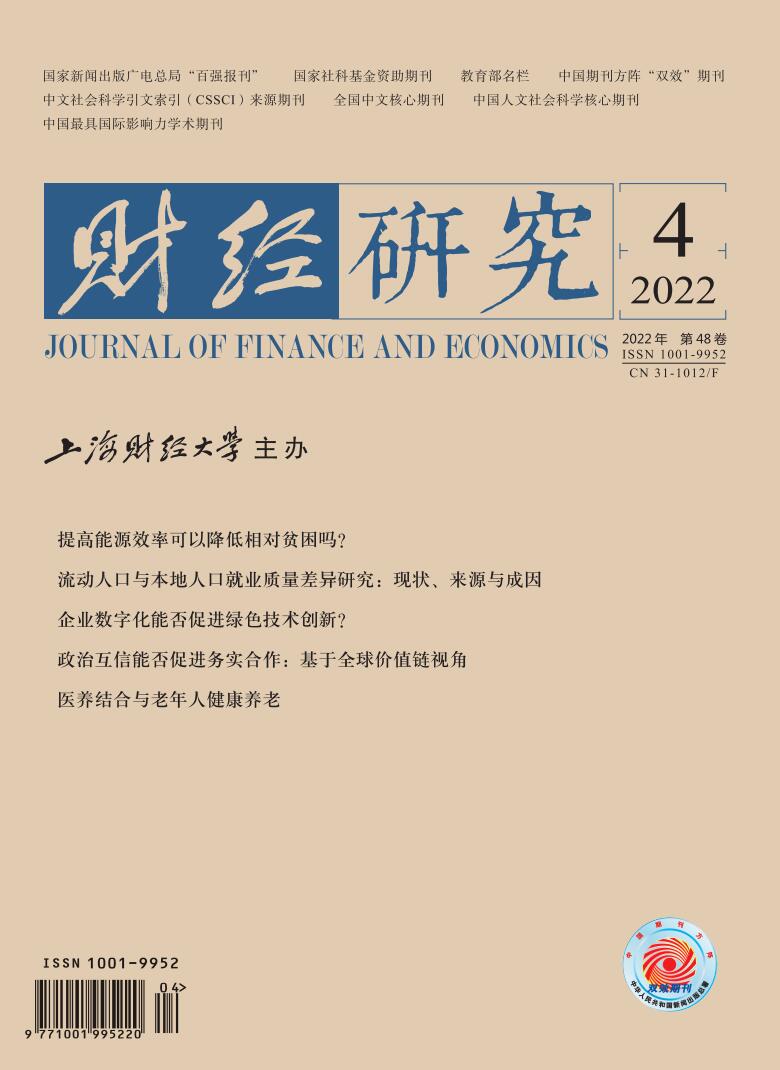Rural Credit Cooperatives (RCCs) have been playing a major role in the financial system in China’ s counties. After several rounds of experimental reform over the past three decades, RCCs have been undergoing a comprehensive shareholding reform since the end of 2010, in which RCCs leave the cooperative path and are transformed into shareholding Rural Commercial Banks (RCBs). This paper aims to investigate how the comprehensive shareholding reform of RCCs may impact upon county economic growth.
Theoretically, the new reform with RCCs being transformed into shareholding RCBs may have both positive and negative effects on county economic growth. On the one hand, compared to RCCs which suffer serious agency problems, shareholding RCBs have a more efficient corporate governance structure. Therefore, RCBs have stronger incentives to improve their financial services to local customers and thus help to promote county economic growth. On the other hand, with stronger motives for profits, RCBs may deviate from their comparative advantages in serving small customers but rather prefer large firms within the county or even divert funds outside of the local economy, which will retard local economic growth. However, considering the related regulatory policies and the actual development status of county economy, we infer that the overall impact of RCC shareholding reform on county economic growth will be dominated by the positive effect. Then, this paper applies the DID model to a unique dataset to empirically study this issue. The results show that the new reform of RCCs has a significantly positive impact on county economic growth. The mechanism is that transforming RCCs into RCBs can effectively reduce fund outflows from counties with low fund supply, promote local capital accumulation, and improve investment efficiency. Further analysis shows the evidence of regional heterogeneity in the impact of the new reform of RCCs on county economic growth.
This paper contributes to the literature on rural financial reform in China. Firstly, most of the literature discussing RCC reform usually focuses on the experimental reform of RCCs between 2003 and 2010, and there is little quantitative research analyzing the impact of the new shareholding reform of RCCs since 2010. This paper tries to fill this gap. Secondly, departed from previous studies which focus on the impact of RCC reform on RCCs themselves and their agricultural lending, this paper examines the impact of RCC shareholding reform on county economic growth. Thirdly, this paper uses unique banking branch data which enable us to identify the process of RCC shareholding reform across the whole country and obtain more general findings. Moreover, the results of this paper have important policy implications by providing empirical support for the ongoing shareholding reform of RCCs in China.





 5221
5221  4917
4917

